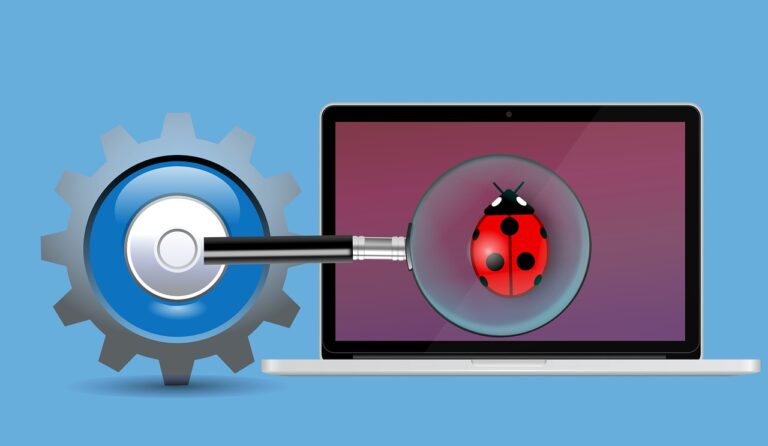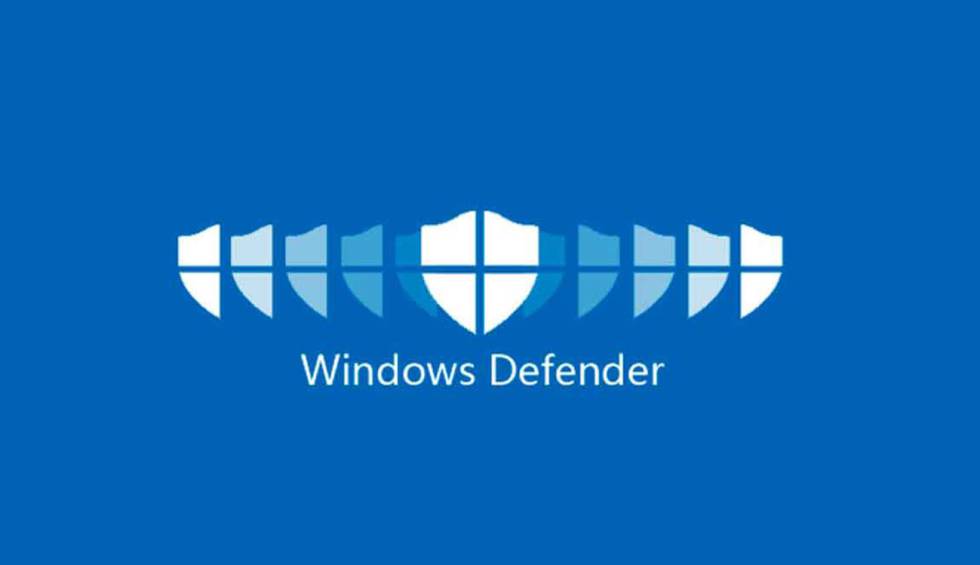Cyber-attacks are extremely common these days; adding to antiviruses is increasingly sold, no matter the system’s configuration. Previously there were only a handful of threats in the form of viruses, and nobody cared much. Malware variants have increased over time.
Organizations around the globe are trying hard to implement variations of antiviruses, keeping in mind that any system under any network is open to virus attack. Does this mean Windows 10 need antivirus?
Read on to learn various aspects concerning antiviruses for Windows 10.
Is Antivirus Needed for Windows 10 – Yes/No?

Today Malware like keyloggers, ransomware, and spyware are a dangerous threat to individual and business life. Malicious files hinder real-time solutions, thereby destroying the computer’s operating system and creating processes that compromise work life.
Windows 10 is one of the widely used operating systems and a common choice for desktops everywhere. Given its broad acceptance, the threat of Windows 10 has increased over time. Any piece of Malware is capable of destroying Windows 10, thereby creating potential targets into the system software.
Authors of Malware create potential pathways to hack the operating system and grab the Window’s users’ data. Although reports are to be believed, MacBook is the one under great threat, compared to the Windows operating system.
The threat persists. Malicious files infiltrate the computer system, and it’s difficult if you don’t have an antivirus installed. Antiviruses take care of the malicious entries, in some cases, even without the internet.
Antivirus programs create baseline defense as a tool, without a proper reason. Antivirus for windows 10 is integrated into an antivirus and anti-malware solution, similar to the antivirus software.
Adding an extra layer of defense can be beneficial given the increasing number of attacks reported since 2018. All you need to do is keep the default option open for any antivirus software you employ.
The Threat Level for Windows 10
Malware attacks are ever-increasing, and detections take time if a large quantity of Malware is infiltrating the cyber domain, causing reasons for worry.
Previously, the threats were readily identifiable, given a few features that were easy to understand virus attacks in a system. Today’s viruses are sophisticated. They do not cause effects but largely affect the present. They lead to a malicious act.
Does Windows 10 Come with An Antivirus Software?

Windows operating system usually comes with inbuilt antivirus software – the Windows defender. While this protection in built-in windows has been in place for quite some years now,
Windows 10 has the latest iteration, which is also regarded as the strongest Windows defender by default. Windows defender’s production is seemingly good, just like the best antivirus software in the market. You can relax knowing your device is in great hands.
Your Windows operating system, upgraded or not, does not mandatorily need an antivirus. The Windows defender, a legitimate antivirus plan, is strong enough for low to average level attacks.
Windows 10 Defender

Windows 10 defender provides enough defense in keeping up the fight against malware infiltration. It is perhaps a good tool and can be put to use if you are not planning to install any other antivirus.
The level of protection offered by Windows 10 defender is not different from any other antivirus in the market. All you need to do is upgrade your computer as and when required, and you can rely on Windows defender to remove viruses from your system.
It not only helps protect your system from taking away important data, but resources are not hogged, tasks and processes in the background keep running fine. The anti-malware tool in built-in Windows 10 is not capable of protecting your system from malicious links.
So, for example, if you click on a malicious link accidentally, the Malware automatically gets downward into the system. This is where you need to have antivirus software installed externally to keep a check on the items that get stored in the memory of your system.
It is best to go for a multi-layered security antivirus software, probably the one that comes with a user-friendly interface. The most potent Malware should not escape, and that is possible with two layers of security, the Windows defender and antivirus software.
Beef Up Windows 10 security

Using a Windows account with admin privileges is not something to cherish. A simple task may flourish modifications capable enough to remove spyware and Malware, with the option of not returning ever again.
All you need to do is create an admin account for yourself in Windows 10, standard one. After that, the most crucial task is to change the account type of what appears on the screen. You can either choose to be a standard user or an administrator.
Run the application to share a fair amount of protection from accidental download with Malware on the cover. What you click on the internet can destroy a system in seconds. Windows 10 is prone to virus attacks, and any spyware so fed can lead to great loss.
Information links sent to you in email, such as winning a lottery, money, and premium phone recharge, are potential links. Instead of clicking on the link, better try and navigate yourself to the website, and check the details yourself.
To Sum Up
To summarize, antivirus for Windows is not mandatory but needed. Windows is prone to threat from third-party software. Java, especially, is the root cause of many malware attacks. In such cases, it is best to limit the use of third-party software.
Well, it is not completely possible, though, given those specific websites for work, especially, banking sites are prone to great threat, but in operation at all times. Have more than one browser in place. Use the less important one for third party sites, and keep a check on your usage.
